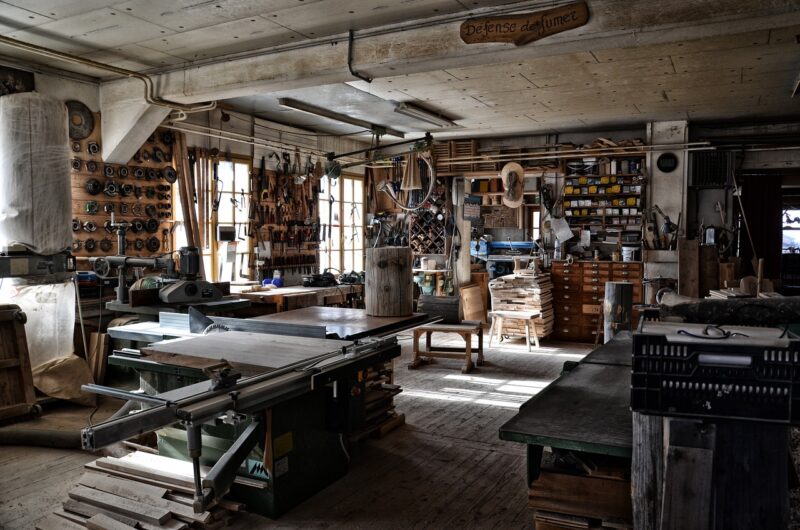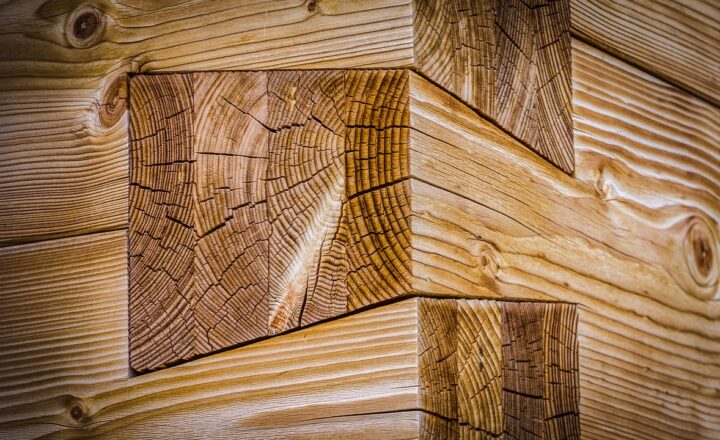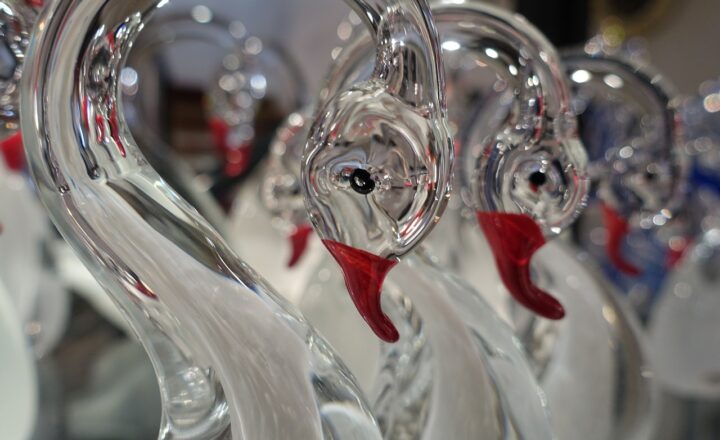Why Glass Blowing Is One of the Most Intricate and Dazzling Forms of Art
November 14, 2024

Glass blowing is a captivating art form that captivates audiences worldwide. This centuries-old craft combines creativity with scientific principles, resulting in exquisite pieces that can range from simple ornaments to intricate sculptures. In this article, we will explore the history of glass blowing, the techniques involved, and why it remains one of the most revered art forms today.
1. A Brief History of Glass Blowing
The origins of glass blowing can be traced back to the 1st century BC in the Roman Empire. It is believed that glass artisans in the region of Syria were the first to blow glass into shapes, which was a revolutionary technique compared to earlier methods of glassmaking that involved solid molds.
Over the centuries, glass blowing spread throughout Europe, leading to the establishment of renowned glassmaking centers, particularly in Venice during the Renaissance. The Venetian glassmakers developed their own unique styles and techniques, such as the famous Murano glass, which is still celebrated for its craftsmanship and beauty today.
With the advent of the Industrial Revolution, glass blowing evolved significantly, incorporating new machinery and methods. However, traditional hand-blown glass remains a prized possession for collectors and art enthusiasts, standing as a testament to skilled craftsmanship.
2. The Art and Science of Glass Blowing
Glass blowing is not just a form of art; it is also an intriguing application of physics and chemistry. It requires an understanding of heat, viscosity, and surface tension. Here’s a look at some fundamental elements involved in the process:
1. Materials Used: At its core, glass is made from silica sand, soda ash, and limestone, which are heated in a furnace to temperatures exceeding 2,000°F (1,093°C). This high temperature melts the raw materials into a viscous liquid.
2. Gathering the Glass: The artist uses a long metal pipe, known as a blowpipe, to gather a glob of molten glass from the furnace. This initial gathering is a crucial step, as it determines the size and thickness of the final piece.
3. Blowing and Shaping: Once the glass is gathered, the artist can blow through the pipe to expand the glass into a bubble. By manipulating the pipe, rotating it, and applying tools, they shape the glass into various forms. Techniques such as marvering (rolling the glass on a smooth surface) and jacking (using a tool to create indentations) allow for more intricate designs.
4. Adding Color and Texture: Artists often incorporate color into their glass by mixing colored glass frit or powdered color into the molten glass. This process can create stunning effects, ranging from solid colors to intricate patterns.
5. Annealing: After the glass is shaped, it must be slowly cooled in an annealer to relieve internal stresses. This step is critical, as rapid temperature changes can lead to cracking.
3. Techniques in Glass Blowing
There are several techniques employed by glass artists that showcase their creativity and skill. Some of the most notable include:
– Blowing: The fundamental technique where air is forcefully blown into molten glass to create a bubble, which can then be shaped into diverse objects.
– Casting: Molten glass is poured into a mold to create more complex shapes, allowing artists to design unique pieces with intricate details.
– Murrine: A technique involving the creation of patterned glass canes that are sliced into cross-sectional pieces, added to glass objects for vibrant designs.
– Pâte de Verre: This technique involves creating glass objects by compacting powdered glass in a mold, resulting in a beautiful frosted appearance.
– Frit: Colored glass frit can be sprinkled onto or mixed with molten glass to create textures and patterns.
Each technique offers glass artists an endless palette of possibilities, ensuring that no two pieces are ever identical.
4. The Allure of Glass Blowing
The universal appeal of glass blowing stems from its visual beauty and tactile complexity. Observing a skilled artist at work is mesmerizing; the molten glass, glowing bright orange, transforms through the artist’s breath and movement into delicate bowls, intricate sculptures, and stunning chandeliers.
Moreover, each piece of blown glass tells a story—of the artisan’s vision, their mastery of technique, and the alchemical magic that occurs when heat meets creativity.
Artisans often infuse personal and cultural narratives into their works, creating pieces that resonate with viewers on multiple levels. Collectors and enthusiasts appreciate not only the beauty of the glass but also the craftsmanship behind it, making each piece unique and irreplaceable.
5. The Future of Glass Blowing
In recent years, glass blowing has experienced a resurgence in popularity, thanks in part to social media platforms showcasing craftspeople and their works. Artists are now able to reach wider audiences and connect with potential collectors directly. As environmental concerns rise, many artisans are also turning to sustainable practices by using recycled materials and energy-efficient technology in their studios.
Workshops and demonstrations are more accessible, leading to an increase in interest among aspiring glass artists. Educational programs and community classes are popping up worldwide, inviting individuals of all skill levels to engage with this enchanting medium.
The growth of innovation in design, along with technological advancements like using electric kilns and improved tools, allows artists to experiment with new styles and techniques that expand the boundaries of traditional glass blowing.
Conclusion
In conclusion, glass blowing stands out as one of the most delicate and mesmerizing forms of art, combining elements of history, science, and creativity. The intricate processes and techniques involved result in vivid artworks that captivate audiences and showcase the mastery of the artisan. Ranging from utilitarian objects to breathtaking sculptures, glass blowing is an art form that continues to evolve while maintaining its traditional roots.
As we embrace the wonders of glass as a medium, we are reminded of its beauty and the endless possibilities it brings to the world of art. Support for local artisans and involvement in community workshops will only serve to enrich the craft and ensure that it continues to thrive for generations to come.






